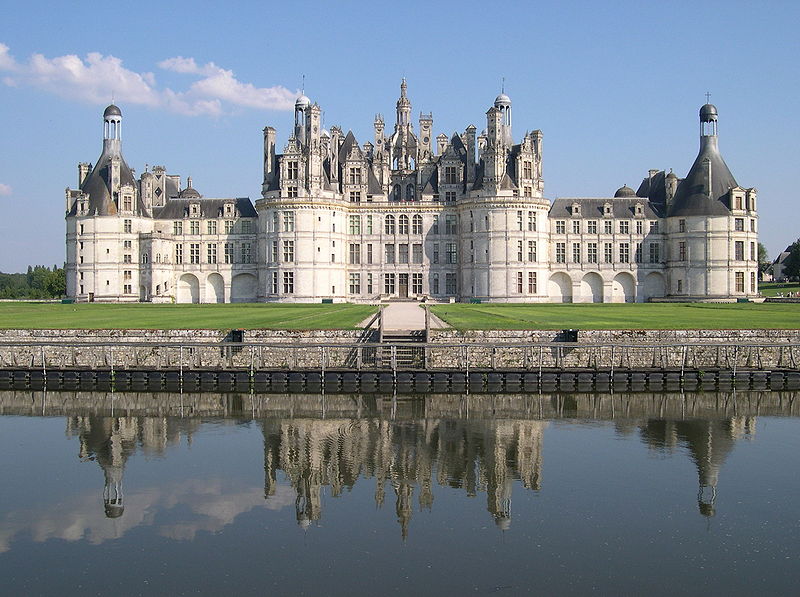Chambord: The Ego Trip of Francis I of France
Chambord castle was built to serve as a hunting lodge for Francis I of France. Its location in the Loire Valley was chosen partly for its vast surrounding hunting grounds and partly for its proximity to his mistress, the Countess of Thoury, Claude Rohan, wife of Julien de Clermont. Francis I's royal residences were not too far away. The Château de Blois and the Château d'Amboise (where King Francis hosted Leonardo da Vinci for extended periods) were also in the Loire Valley. The construction of the castle lasted from 1519 to 1547. Quite symbolically, Francis showed off this enormous symbol of wealth and power by hosting his old rival and nemesis, the Habsburg Emperor Charles V, at Chambord when the works were nearing completion. You can see more about this here.
